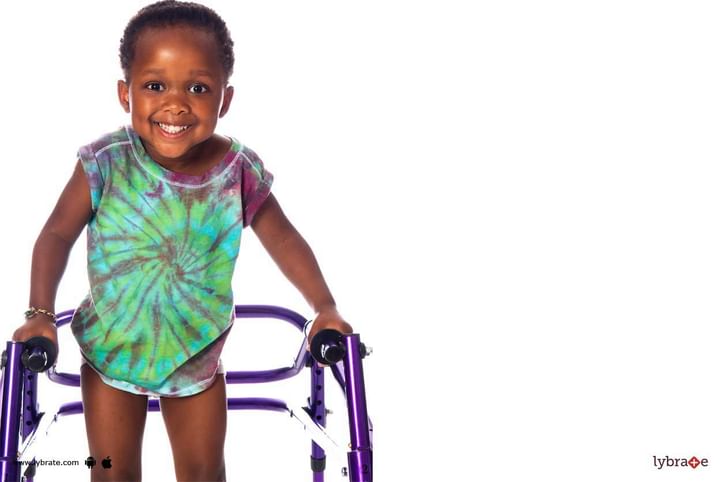Cerebral Palsy - How To Detect It?
Cerebral palsy is the term for a group of neurological disorders that affects one’s muscle movement and motor skills.
In most cases, the condition is caused due to a brain impairment that develops while the baby is still in the womb. Cerebral palsy may also occur shortly after or during birth.
Symptoms of Cerebral Palsy:
The signs and symptoms of the condition vary from one individual to another, ranging from mild to severe. The commonly observed ones in children are-
• Difficulty walking
• Difficulty holding on to objects
• Delay in developing motor skills- sitting up straight, rolling over, crawling
• Variation in the muscle tone- too stiff or too floppy
• Delay in the development of speech
• Spasticity
• Lack of coordination of the muscles
• Difficulty swallowing and excessive drooling
• Functioning of only one side of the body
• Neurological ailments such as intellectual disabilities, seizures, and others
Types of Cerebral Palsy:
Cerebral palsy can occur in the following forms-
• Spastic cerebral palsy - Causes exaggerated reflexes and muscle stiffness. This is the most common type of cerebral palsy, affecting nearly 80% of the population.
• Dyskinetic cerebral palsy - Causes abnormal, involuntary movement of the legs, arms, and hands. It may also affect the movement of the tongue and face, thereby making it difficult to talk or swallow.
• Hypotonic cerebral palsy - Causes overly relaxed muscles and reduces muscle tone. The legs and arms are easily moveable and appear saggy.
• Ataxic cerebral palsy - This is the least common type. People living with this form of the condition have problems with coordination and balance.
Diagnosis and treatment of cerebral palsy
Cerebral palsy can be diagnosed with the help of the following-
• CT scan
• MRI
• Ultrasound
• Electroencephalogram
Treatment of the condition depends on its severity. Long-term treatment includes physiotherapy, medications and surgery.
• Physiotherapy and occupational therapy helps restore muscle strength and improves muscle tone. You can try stretching exercises to improve flexibility.
• Usually, the doctor prescribes medications in the form of muscle relaxants and sedatives. Muscle relaxants reduce muscle tension, helps relieve discomfort and muscle pain.
• You may need to undergo an orthopaedic surgery in case medications and therapy does not yield positive results. The surgery will aim to release tight muscles and repair bone abnormalities caused due to spasticity.
The specialist as a last resort may recommend SDR or Selective Dorsal Rhizotomy to reduce spasticity and chronic pain. This involves operating the nerves at the base of your spinal column.
There is no permanent cure for cerebral palsy. However, the condition is manageable with the help of drugs, therapy and surgery. The kind of treatment required depends on your overall condition. While some may be able to live with the condition without much assistance, others may require immediate medical intervention. Therefore, it is best to consult an orthopaedic and get help if the symptoms deteriorate over time.



+1.svg)
